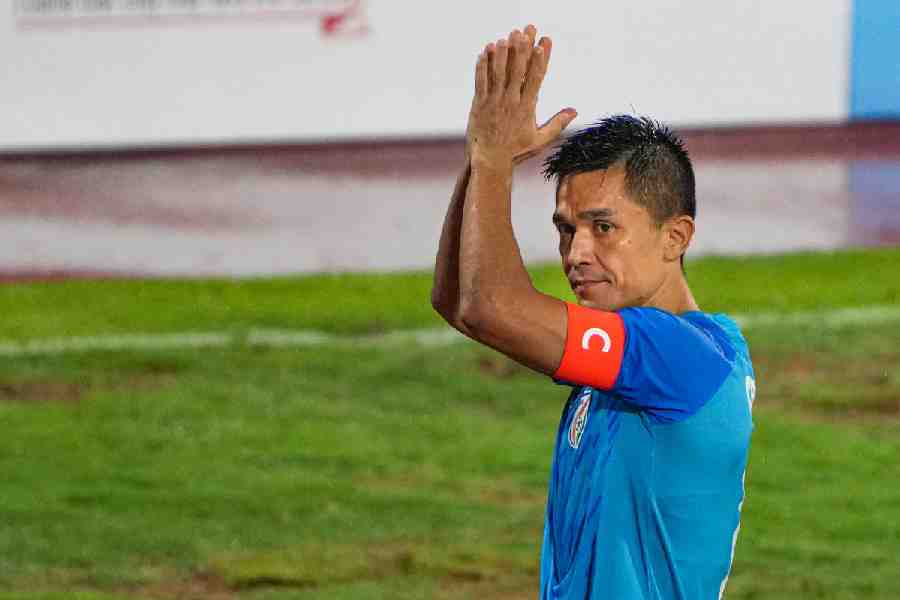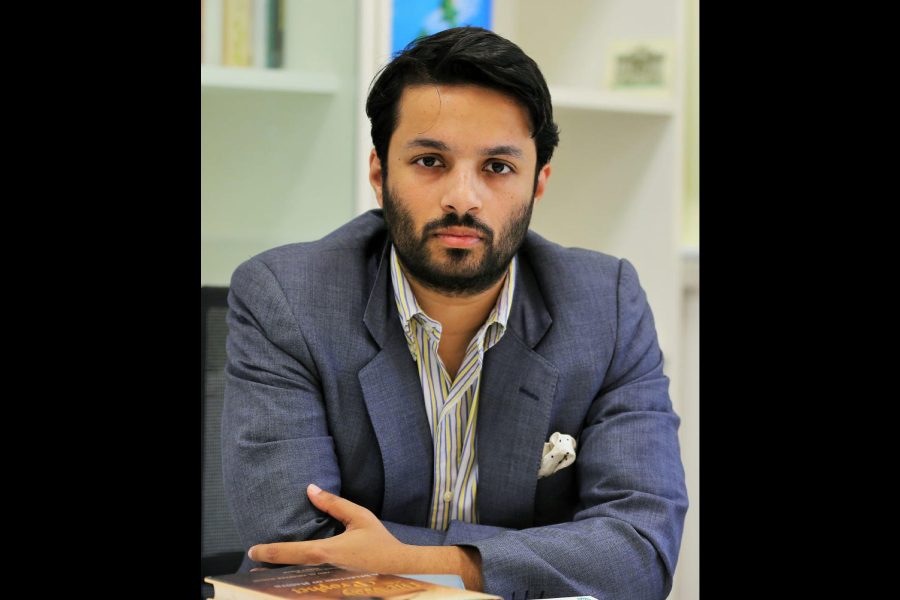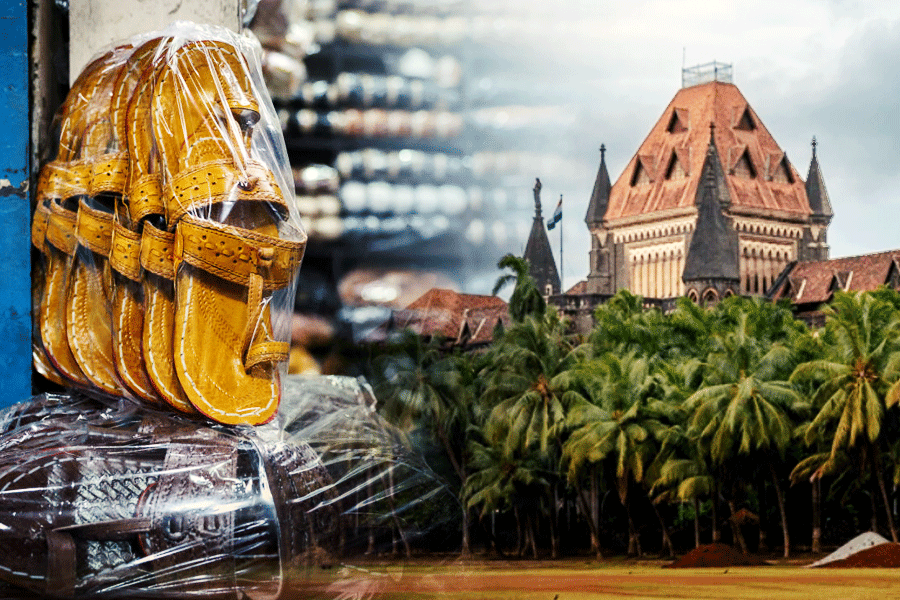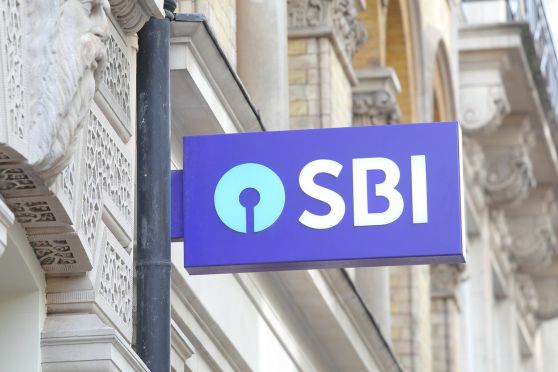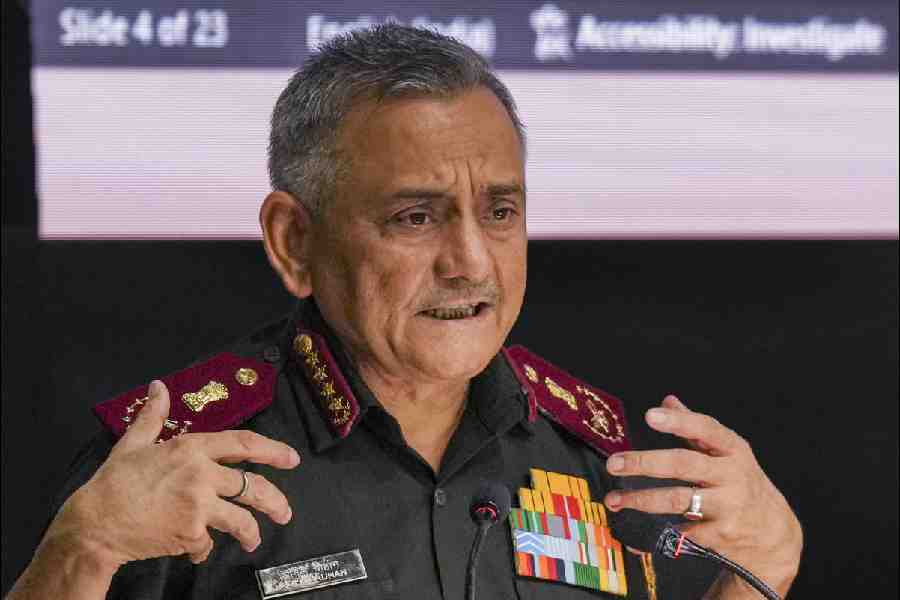 |
| Millennium Park remains the city’s only riverside rendezvous |
“For an eternity, Calcutta has turned its back on its river, unlike Paris, or even London for that matter, and paid a heavy price for the apathy.”
— Charles Correa
Calcutta’s riverside story is a sad saga, and it doesn’t really need a Correa to point out the poverty of ideas. Yet, his passionate plea for the realisation of the true potential of the city’s riverfront — that was five years ago, during the inauguration of City Centre — had served as a wake-up call and swivelled the spotlight on the river.
While our civic planners and state machinery have failed to cash in on the opportunities knocking on their doors — Millennium Park remains the city’s sole riverside rendezvous — Ahmedabad has embarked on a structured redevelopment of the Sabarmati, integrating the socio-economic needs of the city into the project.
Correa’s river vision
Correa has repeatedly spoken of his dream to create something by the waterfront that would “bring the river back into the consciousness of the city” — not a commercial venture, but a platform “to enable the public to participate, to bask in its beauty and serenity, and be energised”.
He has also stressed the need for “an extremely sensitive and holistic solution”, respecting the sacred character of the Hooghly and what it means to the city. “By doing just cosmetic work in a piecemeal manner, we are only trivialising the river,” says the architect.
Correa’s dream project had looked like taking off when Writers’ Buildings flagged off an initiative involving all the stakeholders for the first time.
Suggestions were sought from all concerned — Port Trust, the railways, Calcutta Municipal Corporation, Calcutta Metropolitan Development Authority, Inland Waterways Authority, West Bengal Tourism, Intach, police and the environment department. It never went beyond a few meetings.
The six-city lesson
A group of experts, led by city-based architect-planner Partha Ranjan Das, studied the development of six cities — Marseilles, Shanghai, London, Paris, Osaka and Birmingham — with rivers running through them and found a few things in common. Using relevant observations from the riverbank growth of the metro sextet as reference points, the planners identified the major roadblocks and suggested possible remedial measures.
Connection is the key, the experts said. The team recommended six low-level bridges from the east bank to the west as extensions of major roads on both sides. To improve visibility, “particularly poor from the Howrah side”, it was proposed that defunct godowns and levee walls be pulled down, and Foreshore Road brought closer to the river wherever possible.
The other suggestions were “urban balconies” for better access, open-air theatres, food courts and waterside cafes.
MIT comes calling
The Massachusetts Institute of Technology (MIT) too had offered to play the role of a catalyst in creating a “riverfront vista of a new Calcutta which not only respects its colonial past, but also takes off in a new direction”.
Faculty and students of MIT’s School of Architecture and Planning discussed the possibility of setting up a “studio” by the Hooghly as part of their joint programme in city design and development. “We need to activate the waterfront and celebrate our river and we can do that only by creating mixed-use development with day-night impact,” said architect-planner Ayan Sen, an MIT graduate who has worked on both the Washington DC and Pittsburgh waterfront projects.
Learning from Liverpool
A group of British experts, speaking at a city workshop organised by the Centre for Built Environment, had highlighted lessons from the way Liverpool has restored the old city and improved connectivity with Wirral on the opposite bank of the Mersey.
“We need to do much the same with Howrah. Also, the Paradise Street redevelopment project in the heart of Liverpool, undertaken after a thorough analysis of existing land-use pattern, is a wonderful example of what planned reconfiguration could achieve,” said veteran architect planner Santosh Ghosh, former chief architect, Calcutta Metropolitan Planning Organisation (CMPO).
Urban design experts, having collated relevant data from UK waterfront rejuvenation models, prescribed a “deliberately planned” cultural district by the river to soften the river’s hard edge, while using the “magnificent ghats” as a feature of the designed landscape.
London lesson
If London has converted its South Bank gas station into the celebrated Tate Modern art gallery, much the same could be done with a clutch of derelict industrial buildings in Howrah.
Canary Wharf is a great example of how dead, neglected zones can be revived with minimum intervention, according to a member of a UK heritage and regeneration mission that was brought to town by the British deputy high commission.
The British experts stressed the need for a special purpose vehicle to lift projects off the ground. “It took us more than 20 years to get started on the Thames, but by setting up the London Docklands Development Corporation, we have created such adaptive reuse wonders like the Tate Modern, which was a defunct gas station. Similarly, the splendid Strand warehouses could be turned into retail-entertainment-arts-culture magnets,” said George Nicholson, the chairman of the London Rivers Association.
The Sabarmati saga
In May 1997, the Ahmedabad Municipal Corporation established the Sabarmati Riverfront Development Corporation Ltd. It was provided with a seed capital of Rs 1 crore and charged with the responsibility of developing the Sabarmati riverfront.
The project has been undertaken with the prime objective of environmental improvement and provision of housing for the poor who live in life-threatening conditions along the riverbed, according to architect Bimal Patel, anchoring the regeneration initiative.
It’s a self-financing project and revenues would be generated from the sale of proclaimed land. The Rs 1,200-crore project includes walkway development, road development along the river, promenades, gardens, construction of 4,000 houses under the slum rehabilitation scheme, amusement park, golf course, water sports park and construction of the Kotarpur weir.
— Subhro Saha


